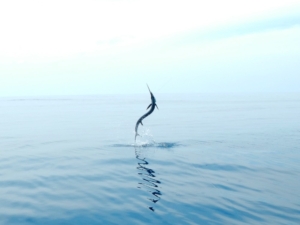 As the challenge to mitigate climate change gains momentum worldwide, the recreational fishing community must work to help identify waters for closure. This is especially true in light of the recent Presidential Executive Order, “30 x 30”, which mandates closing 30% of U.S. waters, as Marine Protected Areas (MPAs), to all fishing by 2030. No one who enjoys fishing wants to have 30% additional U.S. waters closed to recreational fishing.
As the challenge to mitigate climate change gains momentum worldwide, the recreational fishing community must work to help identify waters for closure. This is especially true in light of the recent Presidential Executive Order, “30 x 30”, which mandates closing 30% of U.S. waters, as Marine Protected Areas (MPAs), to all fishing by 2030. No one who enjoys fishing wants to have 30% additional U.S. waters closed to recreational fishing.
If all currently protected U.S. waters are credited toward the 30% goal, the mandate is not as onerous. Current MPAs include waters designated as sanctuaries, national marine monuments, wildlife refuges, and natural heritage sites, including two huge sites created by Presidents Bush and Obama in the South Pacific, one comprises 92,216 square miles and the second one 582,578 square miles in size.
Twenty years ago, with TBF leading the campaign, two areas were closed to pelagic longlining while allowing recreational fishing to continue, one off Florida’s and South Carolina’s East Coasts and two in the Gulf of Mexico.
If the Closed Zones waters, still allowing recreational fishing, but prohibiting pelagic longlining, are credited towards the 30% requirement, the balance of waters left to be closed becomes much smaller. This would provide the Closed Zones long term status and protect resources off Florida, South Carolina and in the Gulf of Mexico, while helping to mitigate negative impacts from Climate Change.






